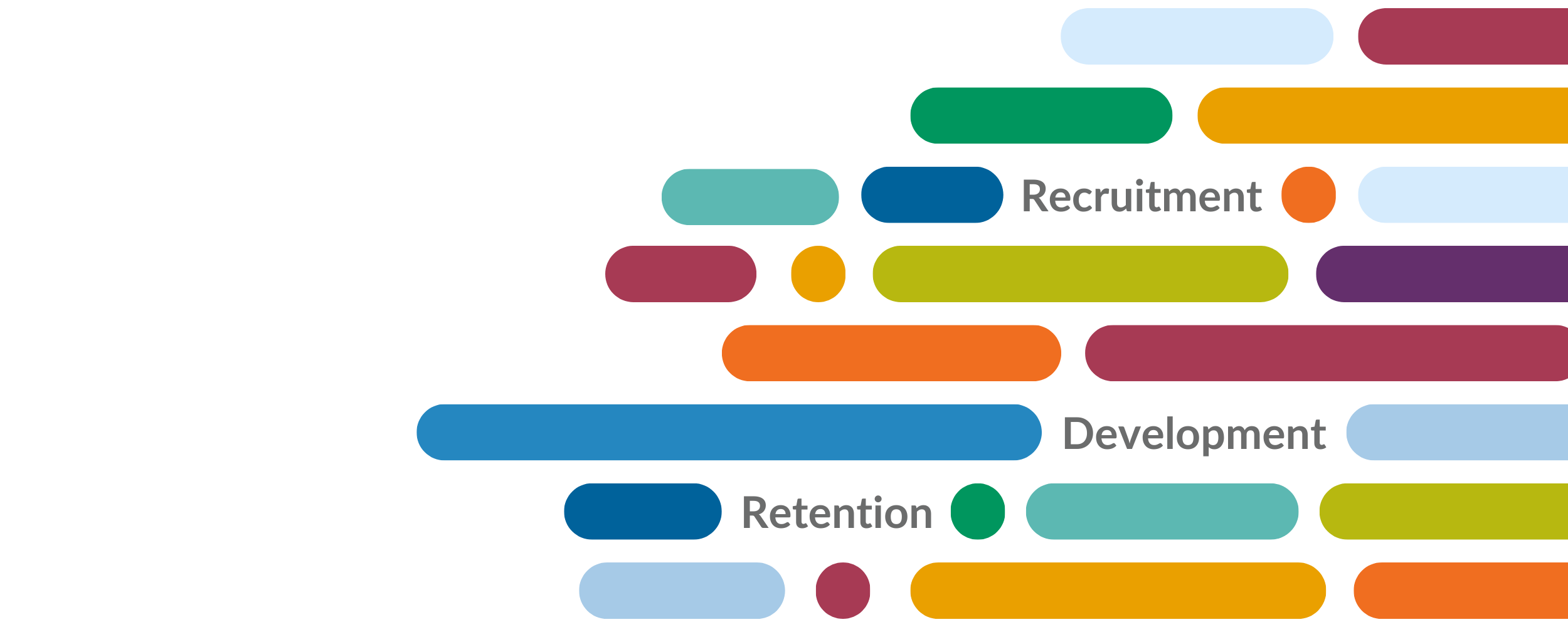Welcome to Thine, the assessment platform of Volta Talent Strategies.
Our purpose is to create assessments that provide the accuracy, structure, and consistency necessary to make better talent decisions
Addressing law firm talent pain points
Law firms often learn (too late) that the information gleaned from candidate resumes and interviews don’t reliably predict how they will perform in the workplace. This disconnect often results in longer ramp-up periods, significant write-offs on time, and outplacement costs of transitioning out underperforming associates.
“You can’t measure for what you don’t have.”
Dr. Juliet Aiken, author of Accelerating Lawyer Success
Our assessments leverage future-focused algorithms and IO psychology without the potential downsides of AI—empowering you to create the firm you want to see, not perpetuate the firm you have.
As Featured In
It’s an Art and a Science
We are values-driven legal talent management experts. We do what we do because we share the belief that people are a law firm’s most important asset. Every day we collaborate to provide holistic, thoughtful, innovative, and strategic support to our clients, whatever their size.
Connect with us
Let's revolutionize legal recruiting together. Interested in learning more or signing up for a demo? Reach out to us—we would love to hear from you!















